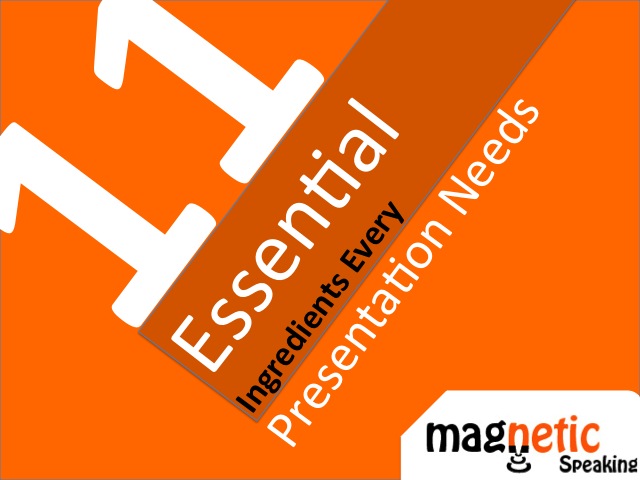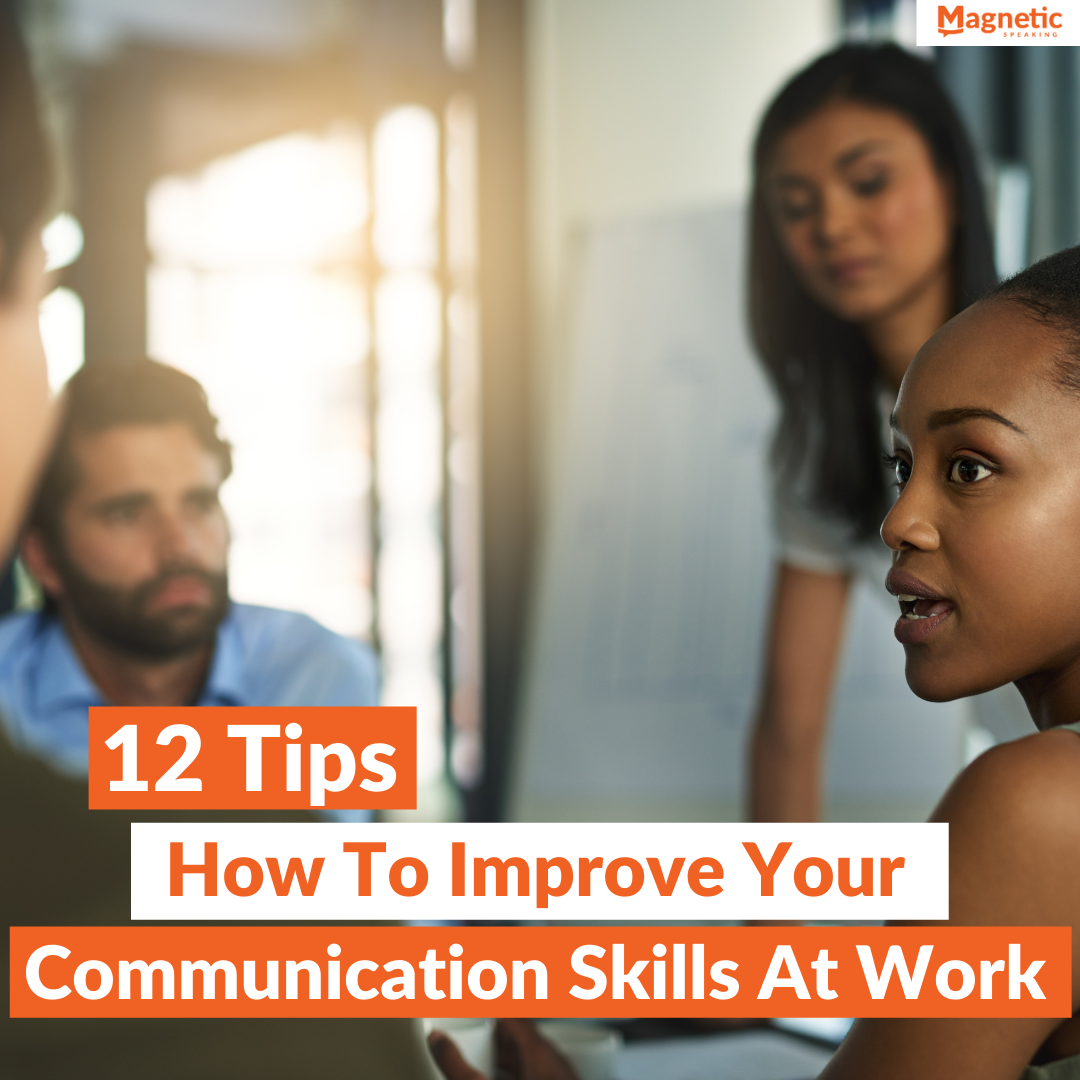An excellent presentation has the same requirements as a great dish!
Great ingredients.
Just like Chef Ramsey can’t put out a tasty risotto, steak, or pasta without the proper ingredients, you will not be able to create a stellar presentation without the proper ingredients.
Below is a list of ingredients every great presentation needs.
1- Well-Articulated Outcome
To make your presentation focused like a laser beam on target, you have to know exactly what you are trying to accomplish. The more physical and tangible your outcome is the better your presentation will be.
Examples of a well-articulated outcome: Approved budget, permission to go to phase 2 clinical trials, kill project x, etc.
Without this articulated outcome, your presentation will be aimless. In business we don’t communicate to flap our lips, we do it to achieve something. How can you achieve anything if you can’t articulate it? You don’t have to share this outcome with your audience, but you have to know it.
2- Initial Hook
Realize that your audience is distracted with their emails, projects, and problems. To make sure that they are on board, you have to hook them right from the start of your presentation. The best way to hook them is to start your presentation with a bang! Get their attention and get them enrolled in the conversation before you begin or you will lose their attention for the rest of the presentation.
3- Clear Introduction
If you did a good job with the hook, your audience would be all ears for the introduction. Leverage that hook to articulate your position and outline your presentation clearly. Here you clearly and concisely tell them what you will cover in the presentation and why it is important to them.
4- Clear and Logical Narrative
Every presentation tells a story. Get clear on the story you want to tell and make sure that it all makes sense. Check for incongruency, distractors, and unnecessary fluff. Use your well-articulated outcome (ingredient #1) to guide you by constantly asking, does this plot lead to the outcome I intend? If yes continue, if no, then you need to rework the plot to take your audience to the decided outcome.
5- Well-Divided Body
The body of your talk can’t be a solid piece of content. You have to have the content divided into self-contained buckets so that each bucket can be digested and understood on its own. For example, you might have a bucket on the status of project x, then a bucket explaining the budget for the project, and then the third bucket for plans to go forward. Notice that each bucket can stand on its own.
See the video below for more on this ingredient. It is how I build my presentations and how you can do it if you take our Magnetic Messaging Boot Camp.
[embedyt] http://www.youtube.com/watch?v=XXHCGbX8Obw[/embedyt]
6- Magnetic Body-Hooks
Studies show that humans have an attention span of about 6 minutes (I think it’s less). To keep people interested, you need to make sure that you re-hook the audience to your content every 5-6 minutes. You can do this by asking them questions, by having them ask questions and by deploying constant engagement techniques.
7- Data
Even though I deserted engineering ten years ago, I still love data. I like to see data in presentations because it gives me comfort. Just make sure your data supports your narrative and supports your well-articulated outcome. Even if you are not a data person, force yourself to look into the numbers and derive insights from them. Data calms down the left-brain and adds strength to your arguments and suggestions.
8- Drama
If you use data by itself, your presentation will not be balanced. In fact, it will be boring! Inside our heads are two brains, the left-brain, and the right-brain. Data is for the left-brain, Drama is for the right-brain. If you only appeal to one, then you are missing half of your presentation. Drama is generated by your narrative first (how you lay out your points), and then it is introduced by using anecdotes, stories, examples, analogies, and examples of your work.
9- Depth
Data + Drama+ Insights = Depth. Your insights are important because they give your audience a new perspective, a new way to approach things, and they also showcase your capabilities in the organization. Without insights your presentation will be superficial – adding insights will give it depth and meaning.
10 – Big Why
Have you ever been at a presentation and found yourself wondering “Why are we even doing this?” You most likely know why you are working on a project, and you know why it’s important to your department and your customers. However, other people might not know and might not be able to connect the dots – you have to weave the Big Why into your presentation by answering why you are presenting and why it is important (I prefer to do this in the introduction).
11- Clear Conclusion
Don’t run off the stage without properly concluding. Don’t say that you don’t do it – I’ve seen Marines at Miramar Station in San Diego run off the stage after their presentations in training without concluding – and those were brave Marines.
Make sure to stick around and clearly, finish your talk. Don’t leave anything to chance. The good news is that the conclusion is just the introduction in past tense. For example, in the introduction, you might say “Today I am going to cover x, y, and z.” In conclusion, you might say “Today I covered x, y, and z.”
Hope this was helpful. Feel free to share it and use it as much as you like.
Make sure to take some time to comment below. If you don’t know how to leave comments, check out this Linkedin article.




